3.9: Roots, Tubers and Stalks
- Page ID
- 21427
\( \newcommand{\vecs}[1]{\overset { \scriptstyle \rightharpoonup} {\mathbf{#1}} } \)
\( \newcommand{\vecd}[1]{\overset{-\!-\!\rightharpoonup}{\vphantom{a}\smash {#1}}} \)
\( \newcommand{\id}{\mathrm{id}}\) \( \newcommand{\Span}{\mathrm{span}}\)
( \newcommand{\kernel}{\mathrm{null}\,}\) \( \newcommand{\range}{\mathrm{range}\,}\)
\( \newcommand{\RealPart}{\mathrm{Re}}\) \( \newcommand{\ImaginaryPart}{\mathrm{Im}}\)
\( \newcommand{\Argument}{\mathrm{Arg}}\) \( \newcommand{\norm}[1]{\| #1 \|}\)
\( \newcommand{\inner}[2]{\langle #1, #2 \rangle}\)
\( \newcommand{\Span}{\mathrm{span}}\)
\( \newcommand{\id}{\mathrm{id}}\)
\( \newcommand{\Span}{\mathrm{span}}\)
\( \newcommand{\kernel}{\mathrm{null}\,}\)
\( \newcommand{\range}{\mathrm{range}\,}\)
\( \newcommand{\RealPart}{\mathrm{Re}}\)
\( \newcommand{\ImaginaryPart}{\mathrm{Im}}\)
\( \newcommand{\Argument}{\mathrm{Arg}}\)
\( \newcommand{\norm}[1]{\| #1 \|}\)
\( \newcommand{\inner}[2]{\langle #1, #2 \rangle}\)
\( \newcommand{\Span}{\mathrm{span}}\) \( \newcommand{\AA}{\unicode[.8,0]{x212B}}\)
\( \newcommand{\vectorA}[1]{\vec{#1}} % arrow\)
\( \newcommand{\vectorAt}[1]{\vec{\text{#1}}} % arrow\)
\( \newcommand{\vectorB}[1]{\overset { \scriptstyle \rightharpoonup} {\mathbf{#1}} } \)
\( \newcommand{\vectorC}[1]{\textbf{#1}} \)
\( \newcommand{\vectorD}[1]{\overrightarrow{#1}} \)
\( \newcommand{\vectorDt}[1]{\overrightarrow{\text{#1}}} \)
\( \newcommand{\vectE}[1]{\overset{-\!-\!\rightharpoonup}{\vphantom{a}\smash{\mathbf {#1}}}} \)
\( \newcommand{\vecs}[1]{\overset { \scriptstyle \rightharpoonup} {\mathbf{#1}} } \)
\( \newcommand{\vecd}[1]{\overset{-\!-\!\rightharpoonup}{\vphantom{a}\smash {#1}}} \)
\(\newcommand{\avec}{\mathbf a}\) \(\newcommand{\bvec}{\mathbf b}\) \(\newcommand{\cvec}{\mathbf c}\) \(\newcommand{\dvec}{\mathbf d}\) \(\newcommand{\dtil}{\widetilde{\mathbf d}}\) \(\newcommand{\evec}{\mathbf e}\) \(\newcommand{\fvec}{\mathbf f}\) \(\newcommand{\nvec}{\mathbf n}\) \(\newcommand{\pvec}{\mathbf p}\) \(\newcommand{\qvec}{\mathbf q}\) \(\newcommand{\svec}{\mathbf s}\) \(\newcommand{\tvec}{\mathbf t}\) \(\newcommand{\uvec}{\mathbf u}\) \(\newcommand{\vvec}{\mathbf v}\) \(\newcommand{\wvec}{\mathbf w}\) \(\newcommand{\xvec}{\mathbf x}\) \(\newcommand{\yvec}{\mathbf y}\) \(\newcommand{\zvec}{\mathbf z}\) \(\newcommand{\rvec}{\mathbf r}\) \(\newcommand{\mvec}{\mathbf m}\) \(\newcommand{\zerovec}{\mathbf 0}\) \(\newcommand{\onevec}{\mathbf 1}\) \(\newcommand{\real}{\mathbb R}\) \(\newcommand{\twovec}[2]{\left[\begin{array}{r}#1 \\ #2 \end{array}\right]}\) \(\newcommand{\ctwovec}[2]{\left[\begin{array}{c}#1 \\ #2 \end{array}\right]}\) \(\newcommand{\threevec}[3]{\left[\begin{array}{r}#1 \\ #2 \\ #3 \end{array}\right]}\) \(\newcommand{\cthreevec}[3]{\left[\begin{array}{c}#1 \\ #2 \\ #3 \end{array}\right]}\) \(\newcommand{\fourvec}[4]{\left[\begin{array}{r}#1 \\ #2 \\ #3 \\ #4 \end{array}\right]}\) \(\newcommand{\cfourvec}[4]{\left[\begin{array}{c}#1 \\ #2 \\ #3 \\ #4 \end{array}\right]}\) \(\newcommand{\fivevec}[5]{\left[\begin{array}{r}#1 \\ #2 \\ #3 \\ #4 \\ #5 \\ \end{array}\right]}\) \(\newcommand{\cfivevec}[5]{\left[\begin{array}{c}#1 \\ #2 \\ #3 \\ #4 \\ #5 \\ \end{array}\right]}\) \(\newcommand{\mattwo}[4]{\left[\begin{array}{rr}#1 \amp #2 \\ #3 \amp #4 \\ \end{array}\right]}\) \(\newcommand{\laspan}[1]{\text{Span}\{#1\}}\) \(\newcommand{\bcal}{\cal B}\) \(\newcommand{\ccal}{\cal C}\) \(\newcommand{\scal}{\cal S}\) \(\newcommand{\wcal}{\cal W}\) \(\newcommand{\ecal}{\cal E}\) \(\newcommand{\coords}[2]{\left\{#1\right\}_{#2}}\) \(\newcommand{\gray}[1]{\color{gray}{#1}}\) \(\newcommand{\lgray}[1]{\color{lightgray}{#1}}\) \(\newcommand{\rank}{\operatorname{rank}}\) \(\newcommand{\row}{\text{Row}}\) \(\newcommand{\col}{\text{Col}}\) \(\renewcommand{\row}{\text{Row}}\) \(\newcommand{\nul}{\text{Nul}}\) \(\newcommand{\var}{\text{Var}}\) \(\newcommand{\corr}{\text{corr}}\) \(\newcommand{\len}[1]{\left|#1\right|}\) \(\newcommand{\bbar}{\overline{\bvec}}\) \(\newcommand{\bhat}{\widehat{\bvec}}\) \(\newcommand{\bperp}{\bvec^\perp}\) \(\newcommand{\xhat}{\widehat{\xvec}}\) \(\newcommand{\vhat}{\widehat{\vvec}}\) \(\newcommand{\uhat}{\widehat{\uvec}}\) \(\newcommand{\what}{\widehat{\wvec}}\) \(\newcommand{\Sighat}{\widehat{\Sigma}}\) \(\newcommand{\lt}{<}\) \(\newcommand{\gt}{>}\) \(\newcommand{\amp}{&}\) \(\definecolor{fillinmathshade}{gray}{0.9}\)Roots and Tubers
Taproots (more commonly referred to as roots) are single roots that extend deep into the soil to supply the above -ground plant with nutrients. Tubers are fat underground stems. Most roots and tubers can be used interchangeably. All store well at cool temperatures, without refrigeration.
Beets
Although records suggest that they were first eaten in ancient Greece, beets are most often associated with the colder northern climates, where they grow for most of the year. Beets can be boiled, then peeled and used in salad s, soups or baked dishes.
- Select small to medium -sized beets that are firm, with smooth skins. Avoid those with hairy root tips, as they may be tough. Beets are available all year; their peak season is March to October.
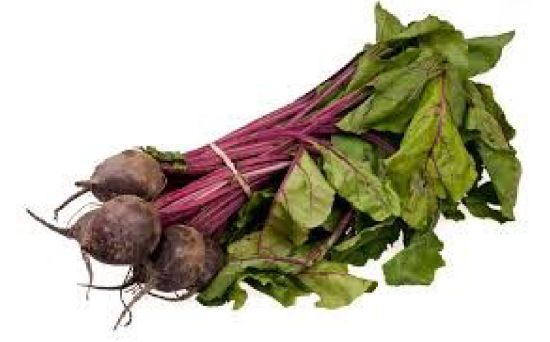
Carrots
Carrots, large taproots, are among the most versatile of vegetables. Although several kinds exist, the Imperator is the most common. It is long and pointed, with a medium to dark orange color and a mild, sweet flavor. Carrots can be cut into a variety of shapes and eaten raw, used for a mirepoix or prepared by moist-heat cooking methods, grilling, microwaving or roasting. They are also grated and used in baked goods, particularly cakes and muffins.
- Select firm carrots that are smooth and well-shaped, with a bright orange color. If the tops are still attached, they should be fresh-looking and bright green. Carrots are available all year.
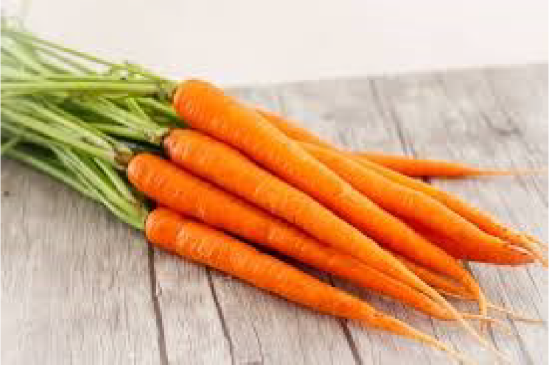
Celery Root
Celery root, also known as celeriac, is a large, round root, long popular in northern European cuisines. It is a different plant from stalk celery, and its stalks and leaves are not eaten. Celery root has a knobby brown exterior; a creamy white, crunchy flesh; and a mild, celery-like flavor. Its thick outer skin must be peeled away; the flesh is then cut as desired. Often eaten raw, celery root can be baked, steamed or boiled. It is used in soups, stews or salads and goes well with game and rich meats. Raw celery root may be placed in acidulated water to prevent browning.
- Select small to medium -sized roots that are firm and relatively clean, with a pungent smell. Their peak season is October through April.
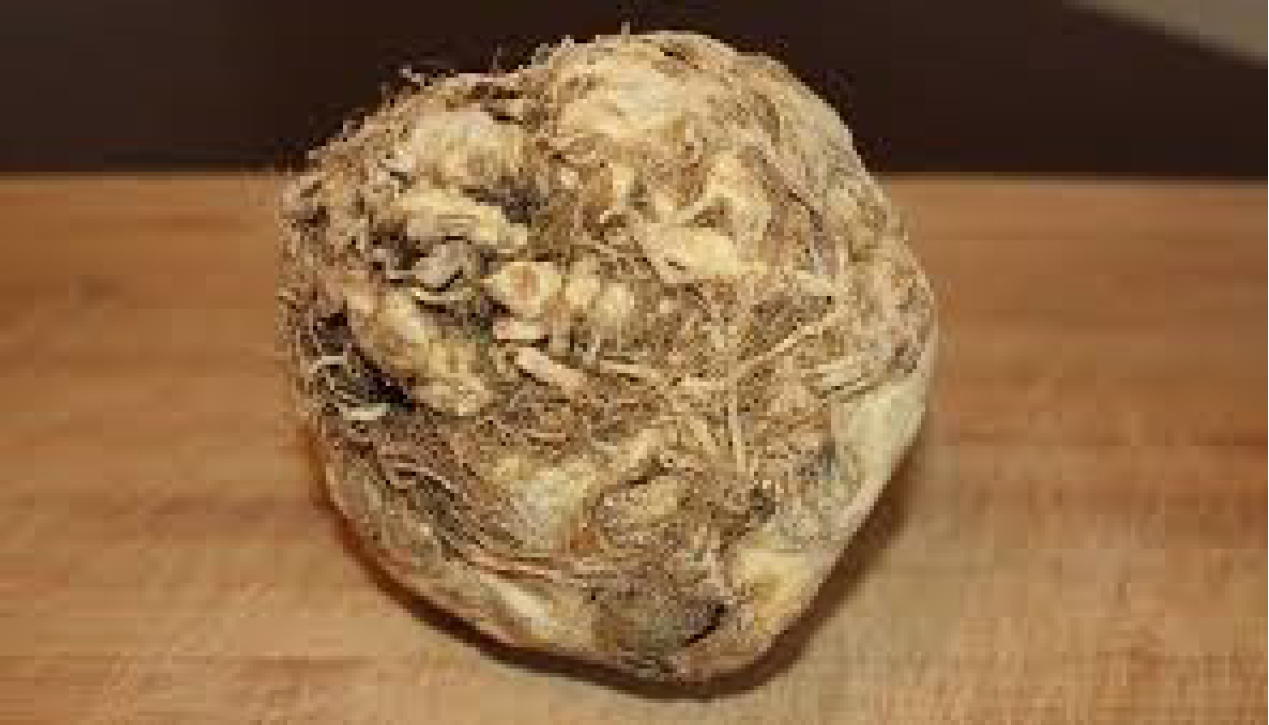
Jerusalem artichoke
Despite their name, Jerusalem artichokes are actually tubers from a variety of sunflower unrelated to artichokes. Consequently, growers are now marketing these vegetables as sun chokes. Their lumpy brown skin is usually peeled away (even though it is edible) to reveal a crisp, white interior with a slightly nutty flavor. While they may be eaten raw, it is preferable to cook them before serving to make them easier to digest. Jerusalem artichokes are eaten chopped or grated into salads, boiled or steamed for a side dish, or a soup.
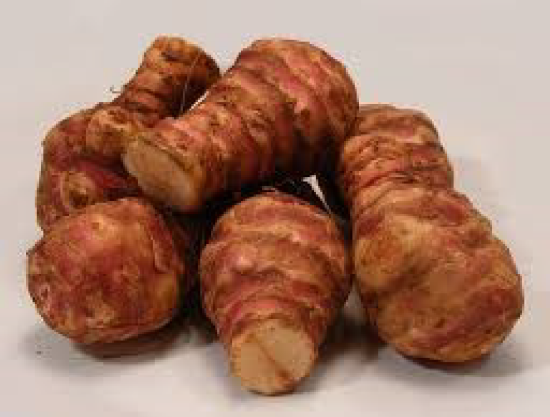
Jicama
Jicama is actually a legume that grows underground as a tuber. It is becoming increasingly popular because of its sweet, moist flavor; crisp texture; low calorie content; and long shelf life. After its thick brown skin is cut away, the crisp, moist white flesh can be cut as desired. Jicama is often eaten raw in salad s, with salsa or as a erudite. It is also used in stir-fried dishes.
- Select firm, well-shaped jicamas that are free of blemishes. Size is not an indication of quality or maturity. They are available all year; their peak season is January through May.
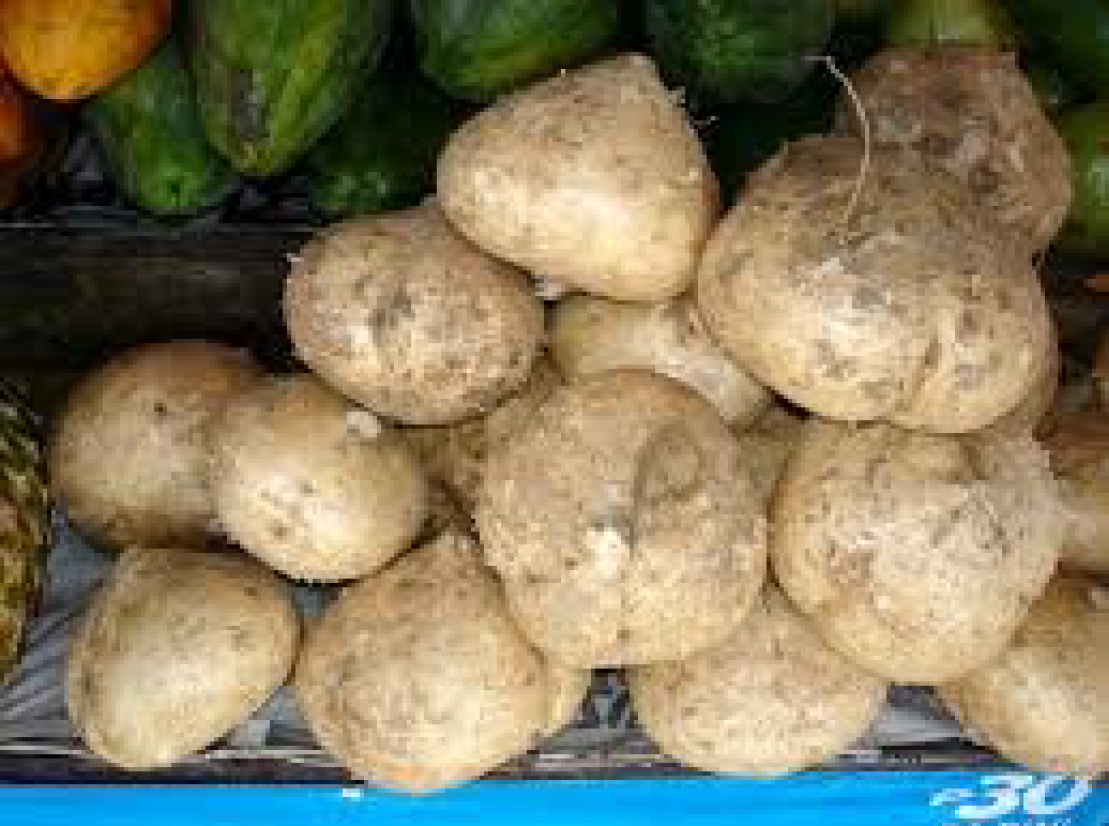
Parsnips
Parsnips are taproots that look and taste like white carrots and have the texture of sweet potatoes. Parsnips should be 5 to 10 inches (12.5 to 25 centimeters) in length, with smooth skins and tapering tips. Parsnips, peeled like carrots, can be eaten raw or cooked by almost any method. When steamed until very soft, they can be mashed like potatoes.
- Select small to medium -sized parsnips that are firm, smooth and well-shaped; avoid large, woody ones. Parsnips are available all year; their peak season is December through April.
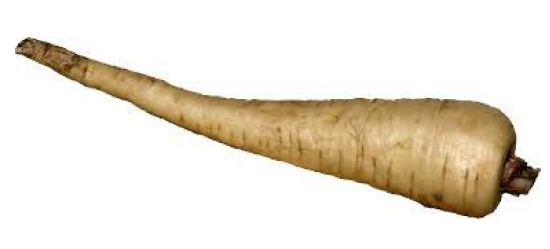
Radishes
Radishes are used for their peppery flavor and crisp texture. Radishes are available in many colors, including white, black and all shades of red; most have a creamy to pure white interior. Asian radishes, known as daikon, produce roots 2 to 4 inches (5 to 10 centimeters) in diameter and 6 to 20 inches (15 to 20 centimeters) long. Radishes can be steamed or stir-fried, but most often are eaten raw or in salads or used as garnish. Radish leaves can be used in salads or cooked as greens.
- Select radishes that are firm, not limp. Their interior should be neither dry nor hollow. Radishes are available all year.
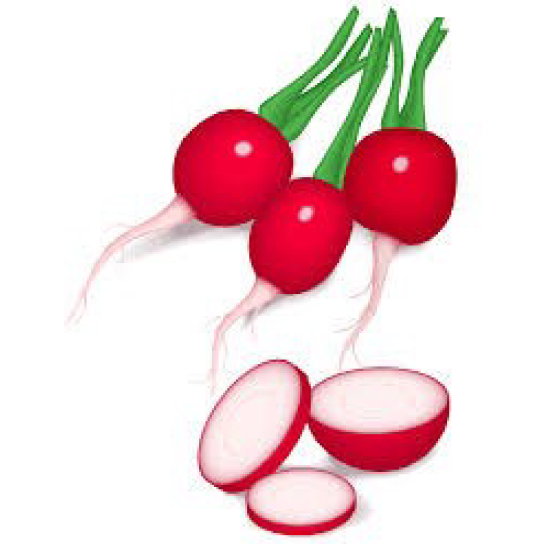
Rutabagas
Rutabagas are a root vegetable and a member of the cabbage family. Their skin is purple to yellow, and they have yellow flesh with a distinctive starchy, cabbage-like flavor. Rutabagas and turnips are similar in flavor and texture when cooked and may be used interchangeably. Rutabaga leaves are not eaten. Rutabagas should be peeled with a vegetable peeler or chef's knife, then cut into quarters, slices or cubes. They are often baked, boiled and then pureed, or sliced and sautéed. They are especially flavorful when seasoned with caraway seeds, dill or lemon juice.
- Select small to medium-sized rutabagas that are smooth and firm and feel heavy. Their peak season is January through March.
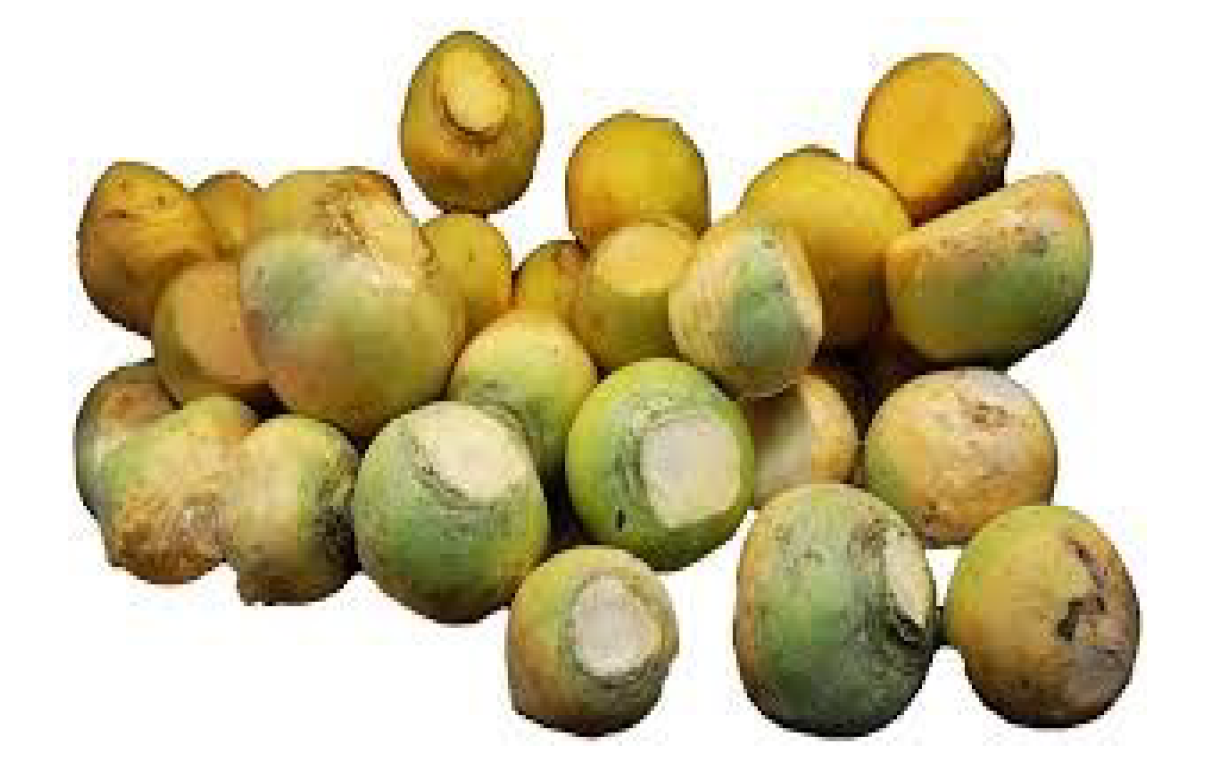
Turnips
A root vegetable from the cabbage family, turnips have white skin with a rosy-red or purple blush and a white interior. Their flavor, similar to that of a radish, can be rather hot. Turnips should be peeled, then diced, sliced or julienned for cooking. They may be baked or cooked with moist-heat cooking methods, and are often pureed like potatoes.
- Select small to medium-sized turnips that have smooth skin and feel heavy. They should be firm, not rubbery or limp. Any attached leaves should be bright green and tender. Spring is their peak season.
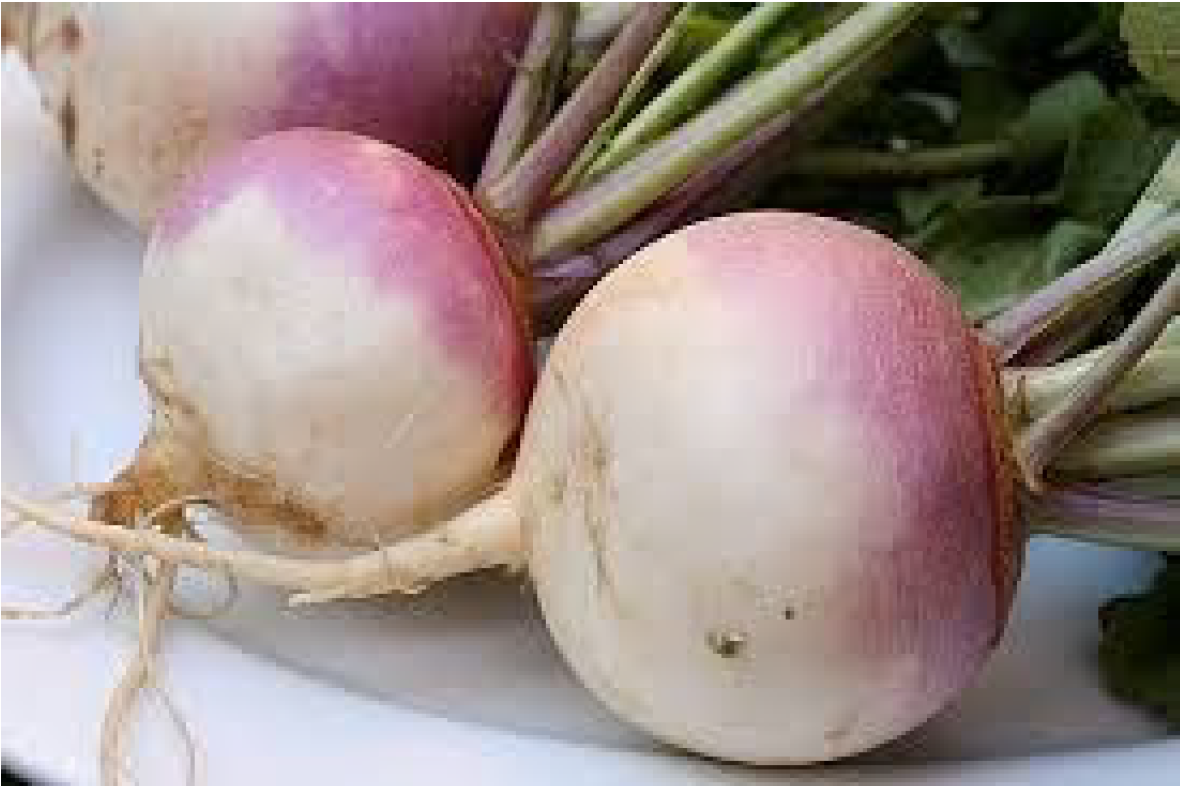
Water Chestnuts
Water chestnuts are the tuber of an Asian plant that thrives in water. The brownish-black skin is peeled away to reveal a moist, crisp, white interior, which can be eaten raw or cooked. When cooked, water chestnuts retain their crunchy texture, making them a popular addition to stir-fried dishes. They are also used in salads and casseroles or wrapped in bacon for rumaki hors d'oeuvre.
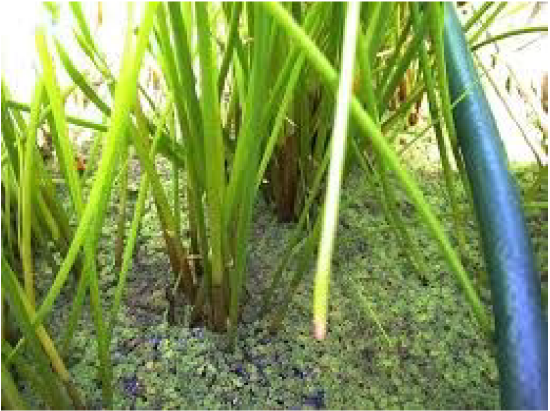
Stalks
Stalk vegetables are plant stems with a high percentage of cellulose fiber. These vegetables should be picked while still young and tender. Tough fibers should be trimmed before cooking.
Artichokes
Artichokes are the immature flowers of a thistle plant introduced to America by Italian and Spanish settlers. Young, tender globe artichokes can be cooked whole, but more mature plants need to have the fuzzy center (known as the choke) removed first. Whole artichokes can be simmered, steamed or microwaved; they are often served with lemon juice, garlic butter or hollandaise sauce. The heart may be cooked separately, then served in salads, pureed as a filling, or served as a side dish. Artichoke hearts and leafless artichoke bottoms are both available canned.
- Select fresh artic hokes with tight, compact heads that feel heavy. Their color should be so lid green to gray-green. Brown spots on the surface caused by frost are harmless. Artichokes' peak season is March through May.
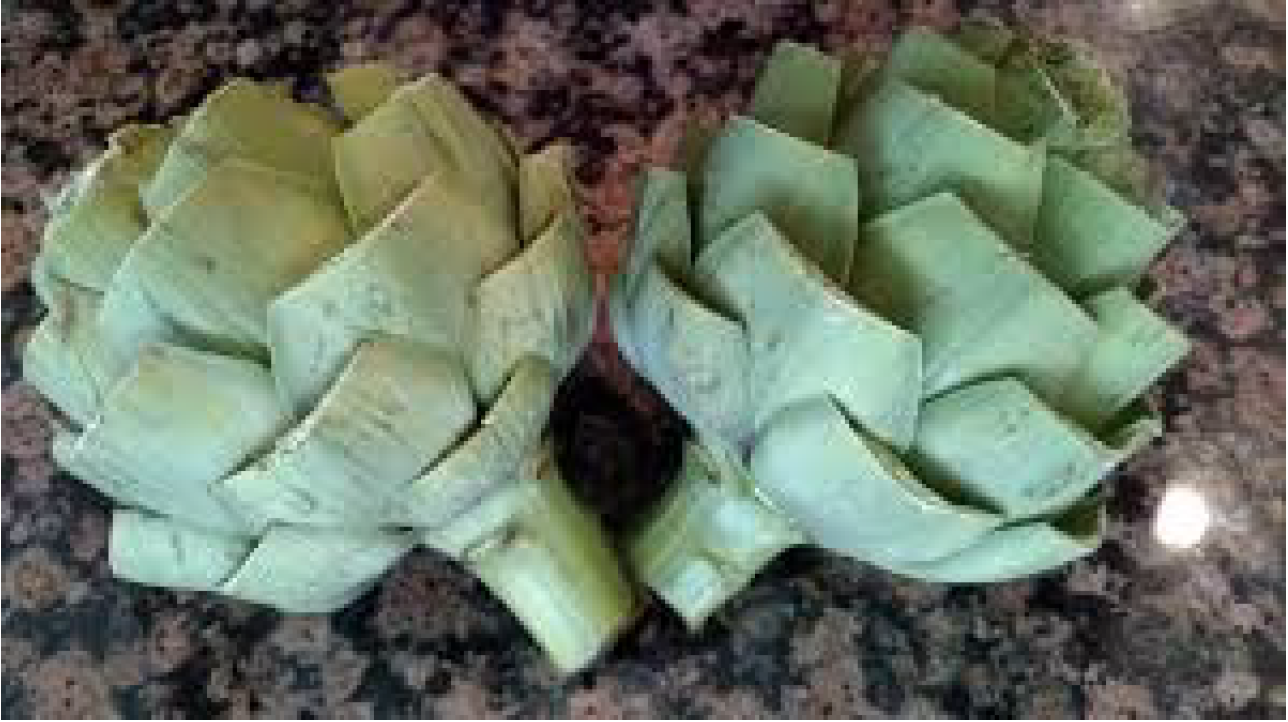
Asparagus
Asparagus, a member of the lily family, has bright green spears with a ruffle of tiny leaves at the tip. Larger spears tend to be tough and woody, but can be used in soups or for puree. Asparagus is eaten raw or steamed briefly, stir-fried, microwaved or grilled. Fresh spring asparagus is excellent with nothing more than lemon juice or clarified butter; asparagus with hollandaise sauce is a classic preparation.
- Select firm, plump spears with tightly closed tips and a bright green color running the full length of the spear. Asparagus should be stored refrigerated at 40°F (4°C) , upright in 1/z inch (1.25 centimeters ) of water or with the ends wrapped in moist paper toweling. The stalks should not be washed until just before use. Canned and frozen asparagus are also available. Peak season is March through June.
A European variety of white asparagus is sometimes available fresh, or readily available canned. It has a milder flavor and soft, tender texture. It is produced by covering the stalks with soil as they grow; this prevents sunlight from reaching the plant and retards the development of chlorophyll.
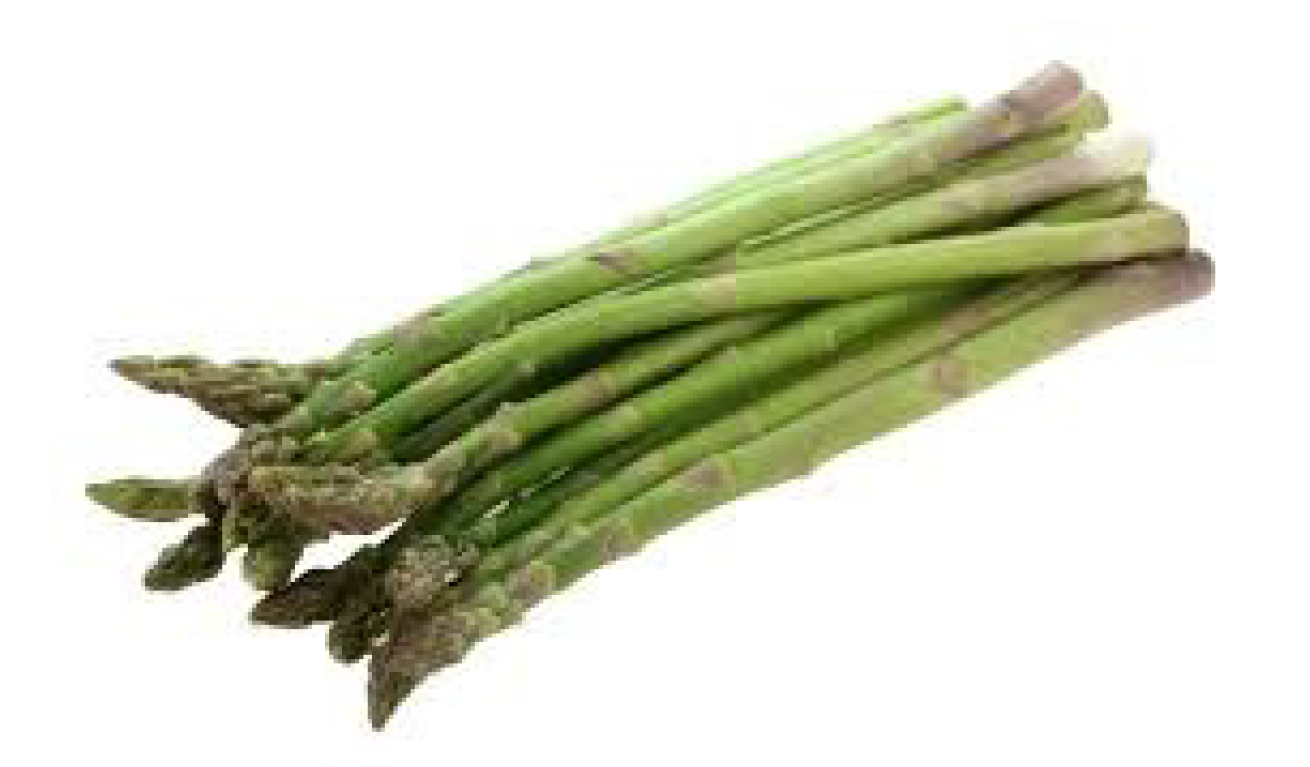
Bamboo Shoots
Stripped of their tough brown outer skins, the tender young shoots of certain varieties of bamboo are edible. They make excellent additions to stir-fried dishes or can be served like asparagus. Although fresh shoots are available in Asia, canned peeled s hoots packed in brine or water are more common in the United States. Canned shoots should be rinsed well before use.
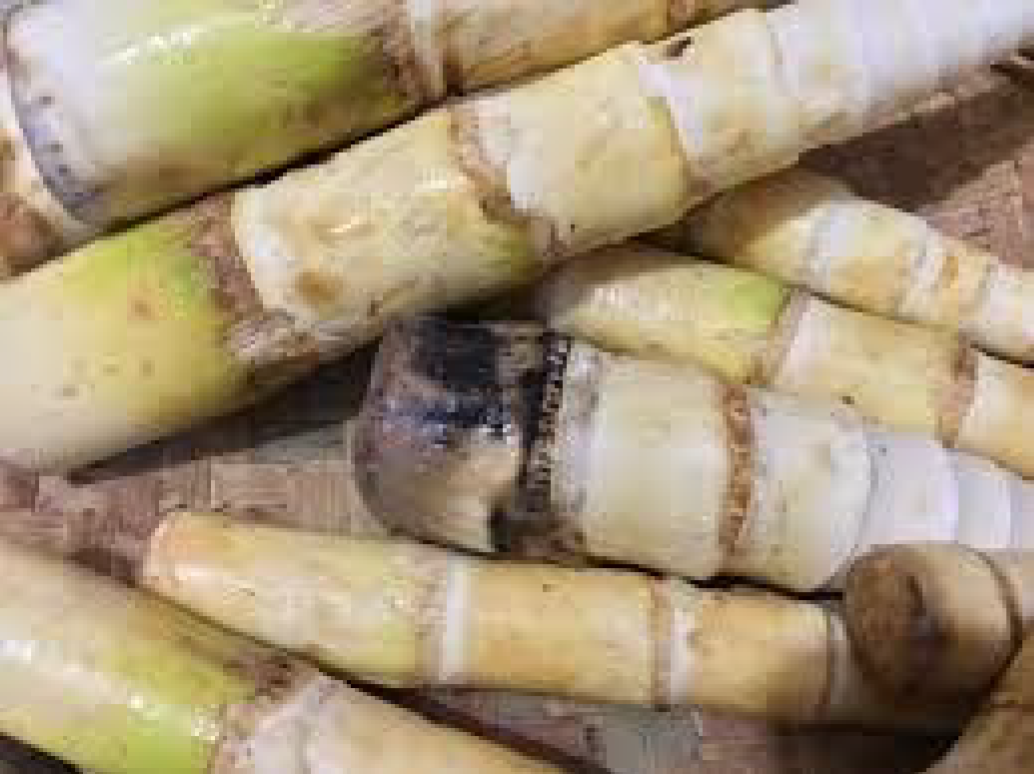
Celery
Once a medicinal herb, stalk celery is now a common sight in kitchens worldwide. Stalk celery is pale green with stringy curved stalks. Often eaten raw in salads or as a snack, it can be braised or steamed as a side dish. Celery is also a mirepoix component.
- Select stalks that are crisp, without any sign of dryness. Celery is available all year.
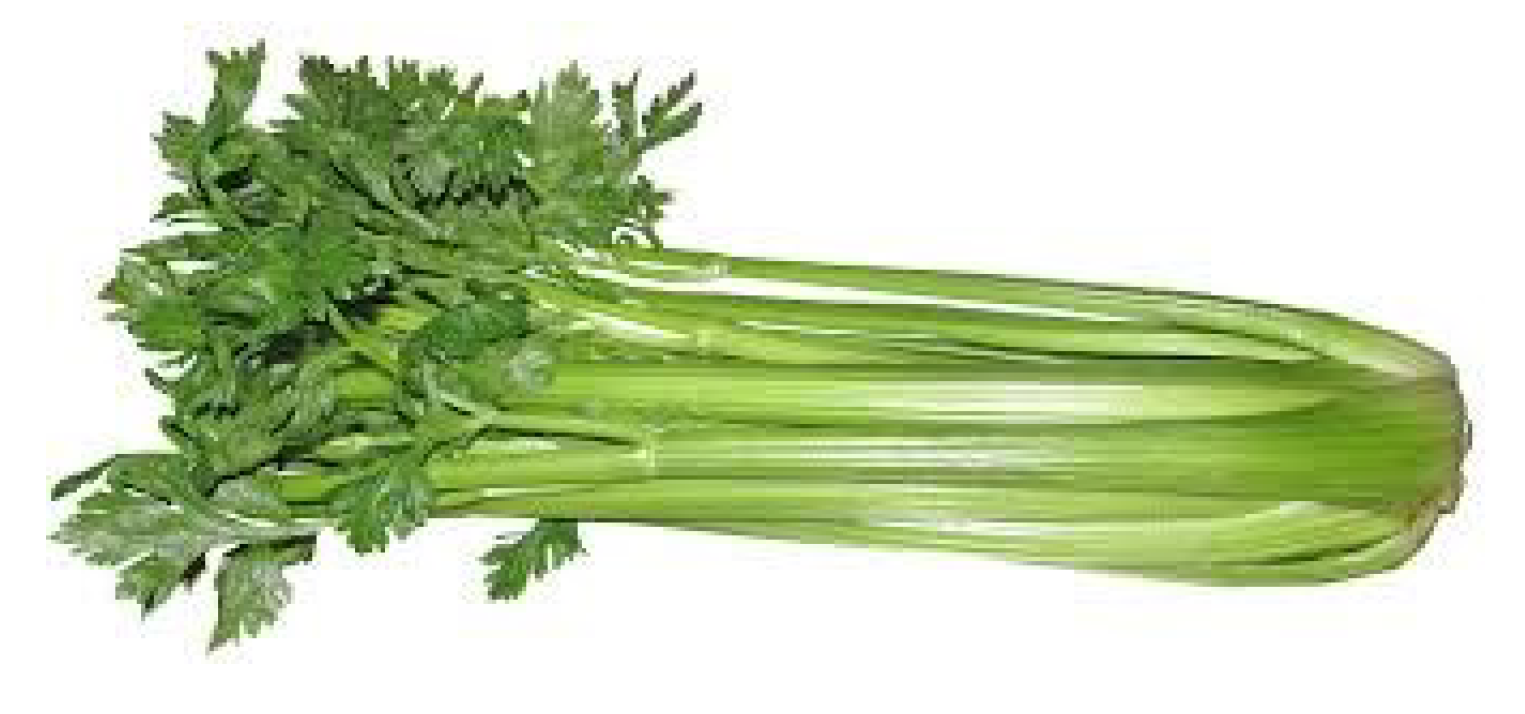
Fennel
Fennel is a Mediterranean favorite used for thousands of years as a vegetable (the bulb), an herb (the leaves) and a spice (the seeds). The bulb (often incorrectly referred to as sweet anise) has short, tight, over-lapping celery-like stalks with feathery leaves. The flavor is similar to that of anise or licorice, becoming milder when cooked. Fennel bulbs may be eaten raw or grilled, steamed, sautéed baked or microwaved.
- Select a fairly large, bright white bulb on which the cut edges appear fresh, without dryness or browning. The bulb should be compact, not spreading. Fresh fennel's peak season is September through May.
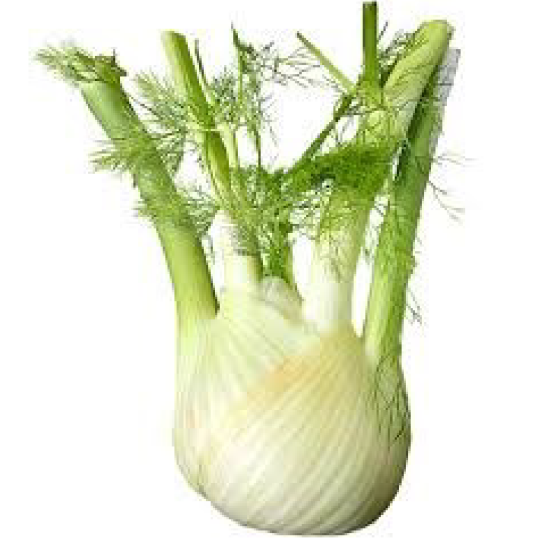
Hearts of Palm
Hearts of palm are the tender interiors of stems from cabbage palm trees. They are ivory -colored and slender, with a delicate flavor similar to that of asparagus. Fresh hearts of palm are sometimes available in Florida (where they are grown); canned ones are widely available everywhere. Hearts of palm are gene rally used uncooked in salads or marinated in herb vinaigrette.
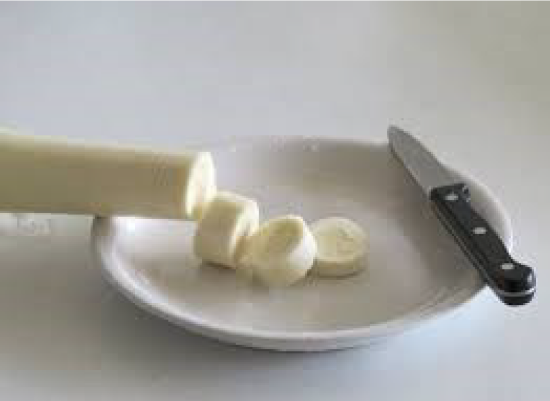
Nopales
The pads of a prickly pear cactus can be prepared as a vegetable known as nopales. Cactus pads have a flavor similar to that of green bell peppers. Their texture tends to be rather gelatinous or mucilaginous, making them good for stews or sauces. To prepare fresh nopales, hold the pad with tongs and cut off the thorns and "eyes" with a sharp knife or vegetable peeler. Trim off the edge all the way around. Slice the pad into julienne strip s or cubes. The pieces can be boiled or steamed and served hot, or chilled and added to salads. Nopales can also be sautéed with onions, peppers and seasoning s for a side dish or added to southwestern-style casseroles.
Some cultivated varieties have thin, thornless pads. Choose pads that are stiff and heavy without blemishes. They should not be dry or soggy. Fresh cactus pads are available all year, with peak season in the late spring. Canned and pickled nopales are also available.
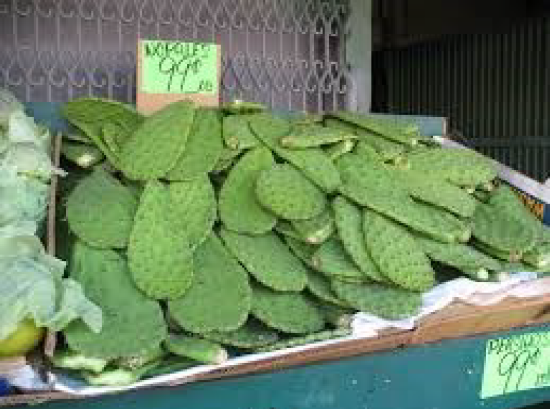
Baby Vegetables
Many fine restaurants serve baby vegetables: tiny turnips, finger-length squash, miniature carrots and petite heads of cauliflower. First cultivated in Europe but now widely available throughout the United States, baby vegetables include both hybrids bred to be true miniatures as well as regular varieties that are picked before maturity. Baby vegetables are often marketed with blossoms or greens still attached. They tend to be easily bruised and are highly perishable. Many baby vegetables can be eaten raw, but they are usually left whole, then steamed or lightly sautéed and attractively presented as an accompaniment to meat, fish or poultry entrees.
- When is the best time to pick collard greens?
- Name two kinds of greens.
- What type of mushrooms are most commonly used in cooking?
- Describe shallots and green onions. Which one is commonly used in south Louisiana dishes?
- Other than its use in gumbo – how else may okra be prepared/cooked?


